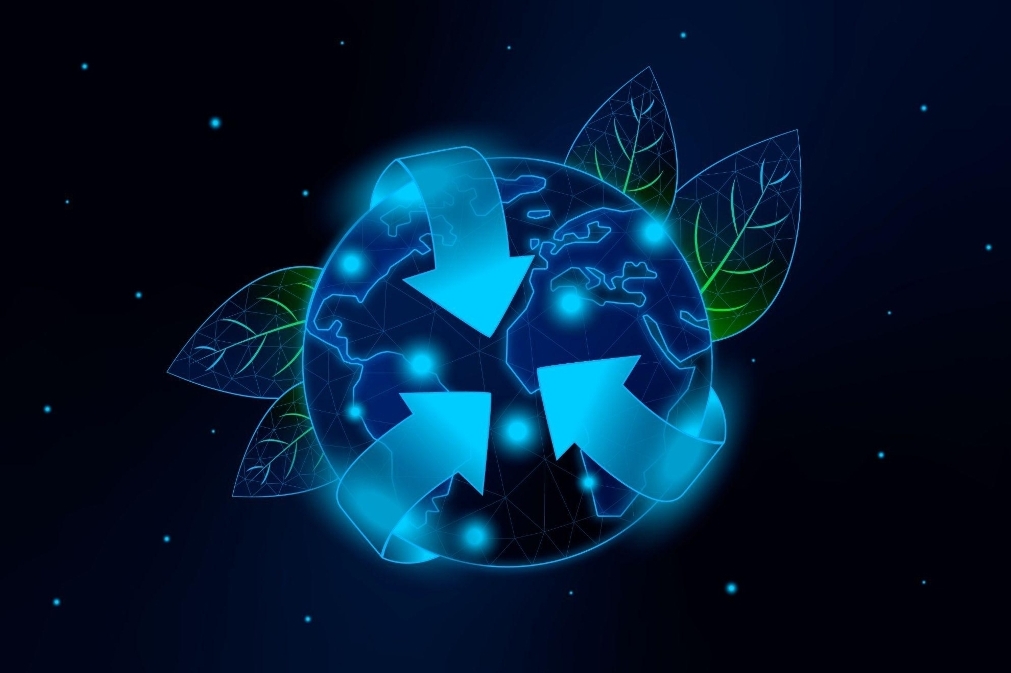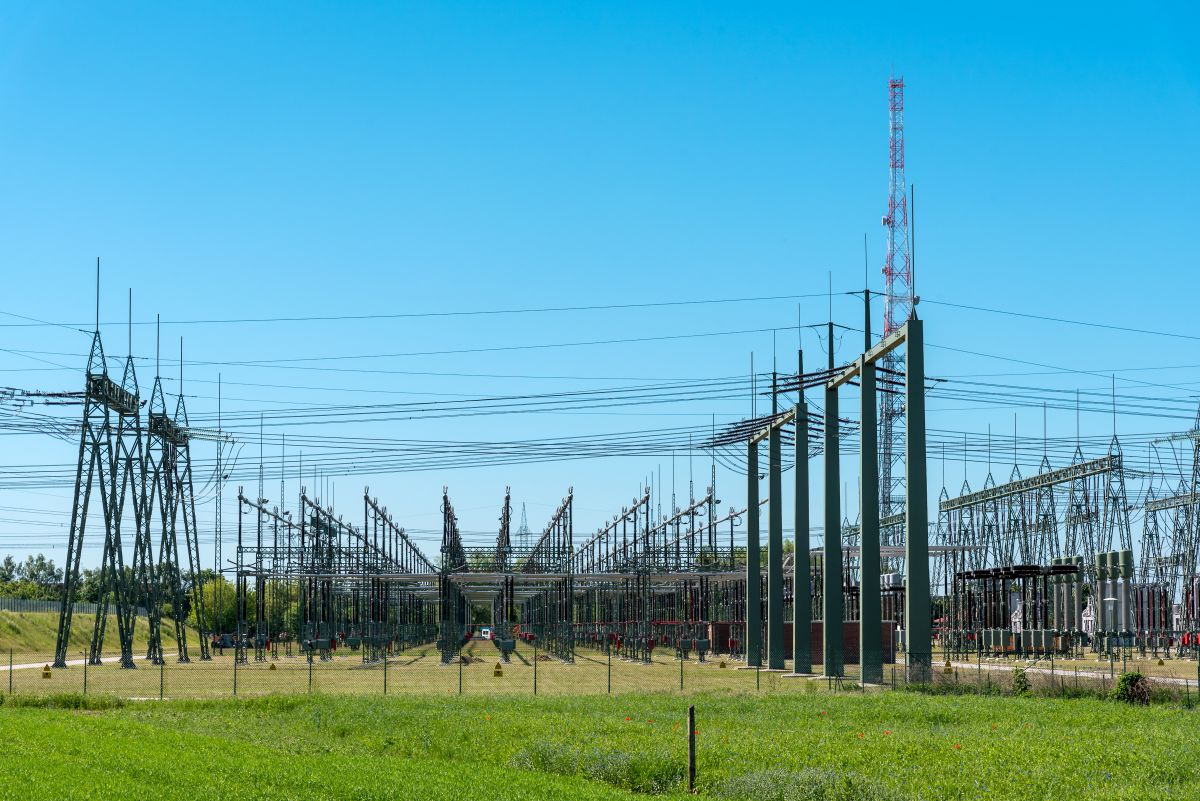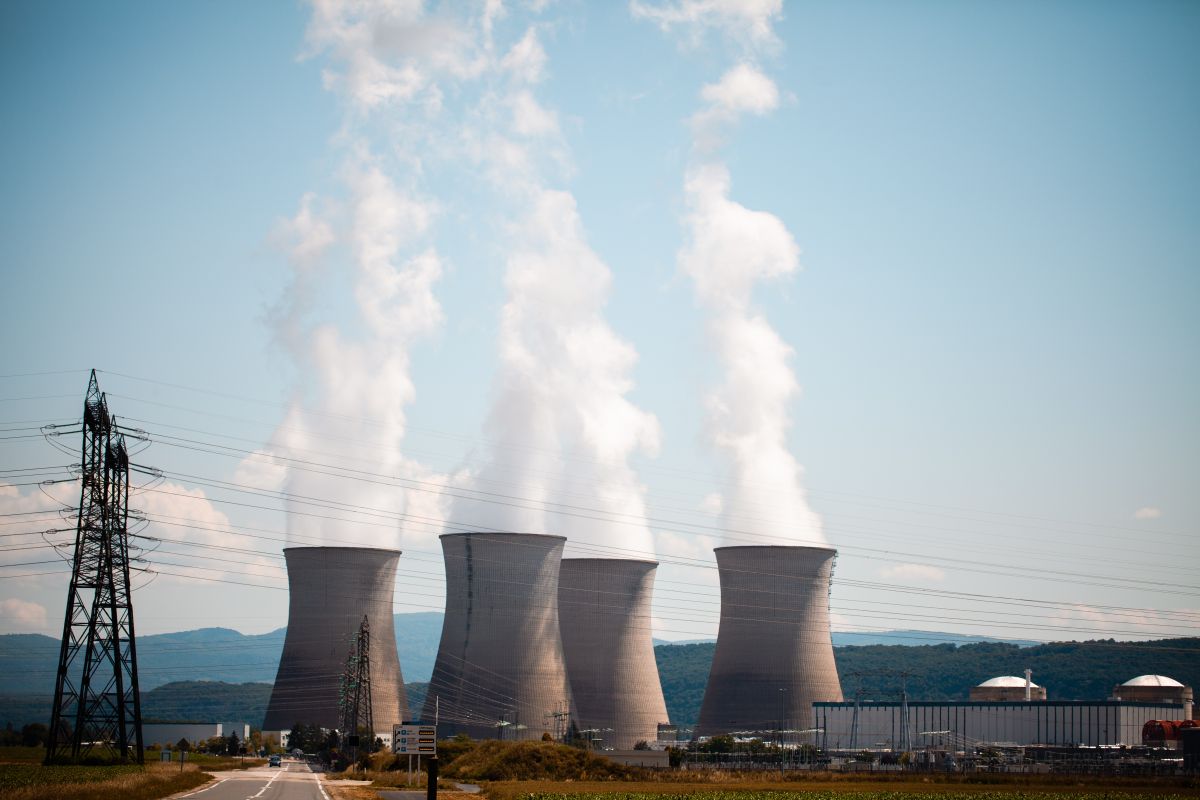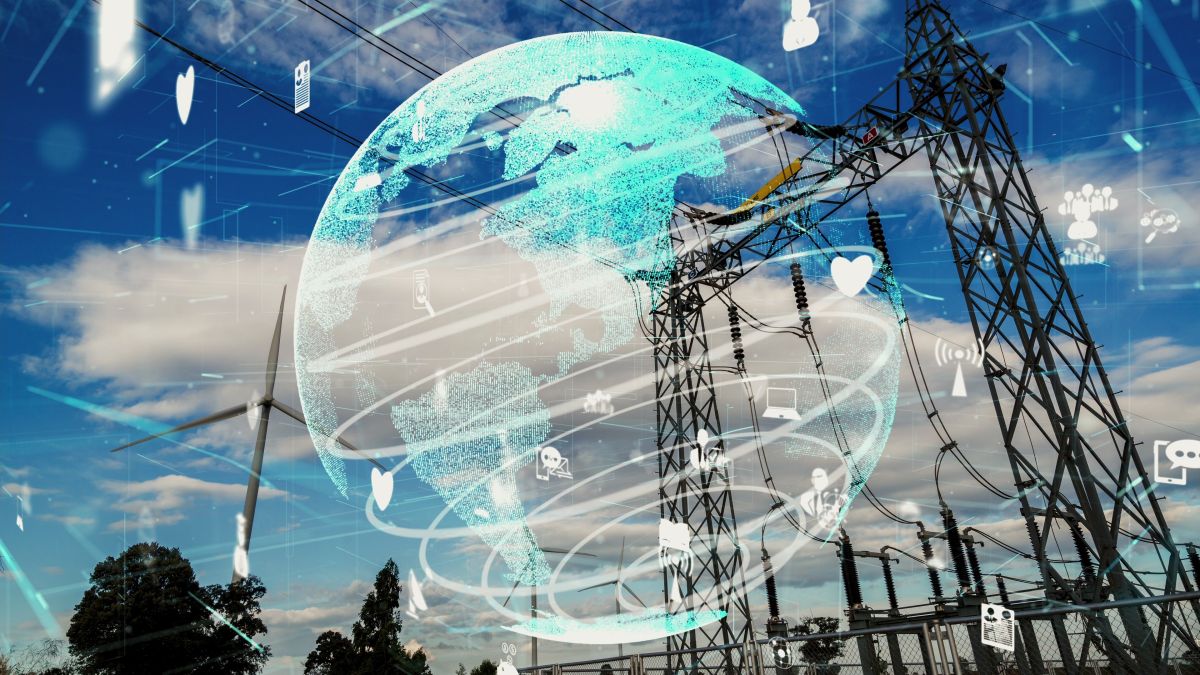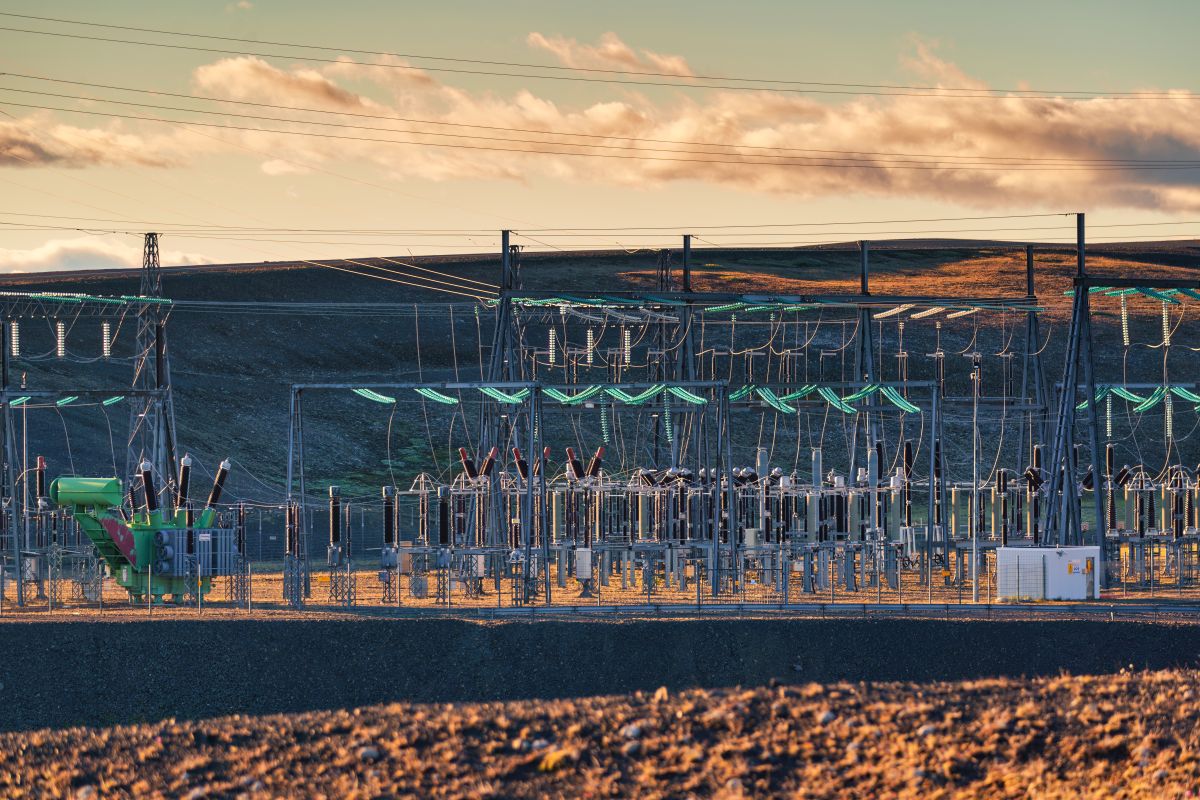The search for sustainable and renewable energy sources has become more critical than ever as the world grapples with climate change and dwindling fossil fuel reserves. Among the promising alternatives is biogas, a renewable energy source derived from organic waste materials such as agricultural residues, food waste, and animal manure. Biogas offers a means to generate energy and helps manage waste and reduce greenhouse gas emissions. As the demand for green energy solutions increases, could biogas emerge as a game-changer in the renewable energy sector?
The Science Behind Biogas
Biogas production is a process that involves the anaerobic digestion of organic material by microorganisms in an oxygen-free environment. This process results in a mixture of gases, primarily methane (CH₄) and carbon dioxide (CO₂), which can be used as fuel for generating electricity, heating, and even powering vehicles. The versatility of biogas lies in its ability to be produced from various types of organic waste, making it a flexible and sustainable energy solution.
The biogas production process starts with collecting organic waste fed into a digester. Inside the digester, bacteria break down the material, releasing biogas as a byproduct. This biogas can be purified and upgraded to biomethane, which has similar properties to natural gas and can be injected into the existing grid. The leftover material, rich in nutrients, can be used as a high-quality fertilizer, completing a closed-loop cycle that minimizes waste and maximizes resource utilization.
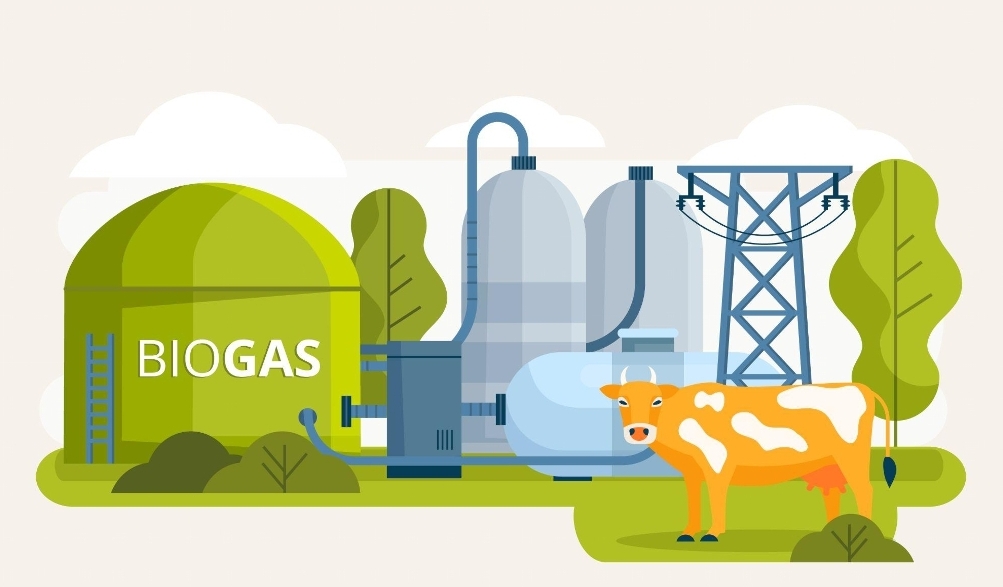
Economic and Environmental Benefits
The potential economic and environmental benefits of biogas are substantial. Economically, biogas systems can provide farmers and waste management companies with a stable income stream by converting waste into energy and valuable byproducts. They also create jobs in rural areas, promote local economies, and reduce dependence on fossil fuels. The decentralized nature of biogas production allows it to be implemented on various scales, from small household units to large industrial facilities.
Environmentally, biogas contributes to reducing greenhouse gas emissions in several ways. Methane is a potent greenhouse gas with a global warming potential significantly higher than carbon dioxide. By capturing methane from waste and using it as an energy source, biogas systems prevent its release into the atmosphere. Moreover, biogas reduces the reliance on landfills, which are major sources of methane emissions. Using biogas as a fuel also helps to displace fossil fuels, further decreasing overall carbon emissions.
Challenges in Scaling Up Biogas Production
Despite its potential, biogas faces several challenges that hinder its widespread adoption. These issues include:
- High Initial Costs: Significant investment is required for installation and maintenance.
- Dependency on Incentives: Financial viability often relies on government subsidies.
- Management Complexity: Efficiency depends on variables like feedstock quality, temperature, and microbial activity.
- Logistical Issues: Waste collection and transportation challenges, especially in rural areas.
- Public Perception: Concerns about odor, land use, and health impacts must be addressed.
- Community Acceptance: Requires coordinated efforts from policymakers and stakeholders to enhance acceptance.
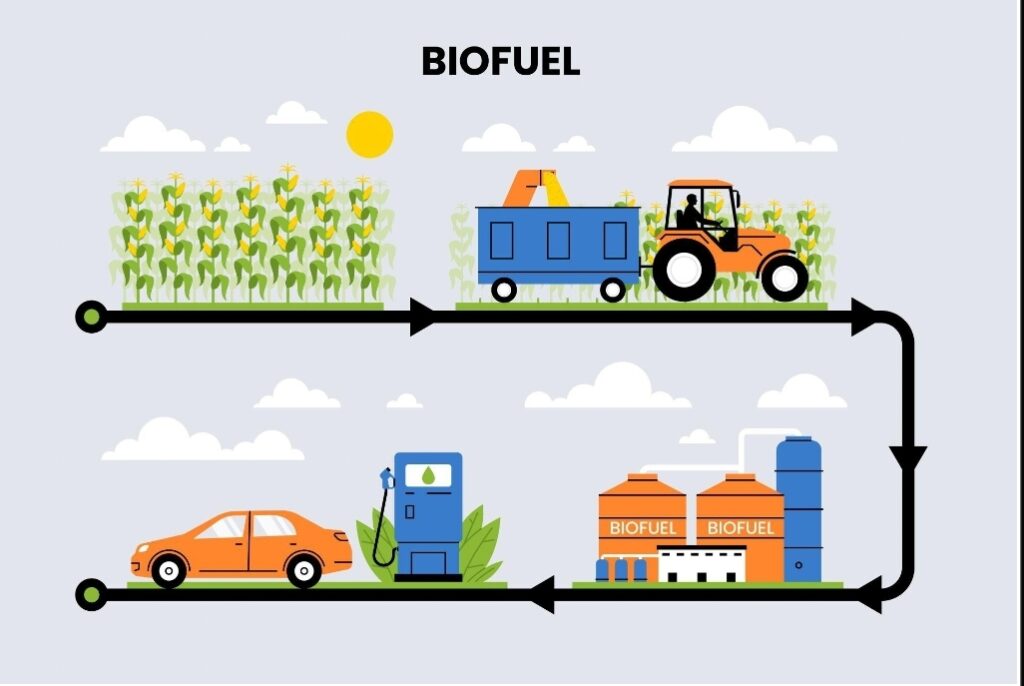
Global Initiatives and Future Outlook
Several countries are making strides globally in biogas production, with Europe leading the way. Countries like Germany, Denmark, and Sweden have implemented extensive biogas programs supported by favorable policies and financial incentives. Biogas is significant in these countries’ energy mix, providing heat, electricity, and vehicle fuel.
The future of biogas appears promising, especially as countries worldwide seek to decarbonize their economies and meet renewable energy targets. Technological advances, such as improved digester designs and more efficient gas purification methods, make biogas systems more cost-effective and reliable.
Conclusion
Overall, biogas represents a viable and sustainable solution to many of the energy and environmental challenges facing the world today. Its ability to convert waste into energy, reduce greenhouse gas emissions, and support rural economies makes it an attractive option for the future. While there are challenges to overcome, particularly in terms of cost and scalability, the ongoing advancements in technology and supportive policy frameworks pave the way for biogas to become a significant player in the renewable energy landscape. As the world transitions towards a more sustainable energy future, biogas is the next big thing in renewable energy.
Disclaimer: Any opinions expressed in this blog do not necessarily reflect the opinions of Certrec. This content is meant for informational purposes only.



